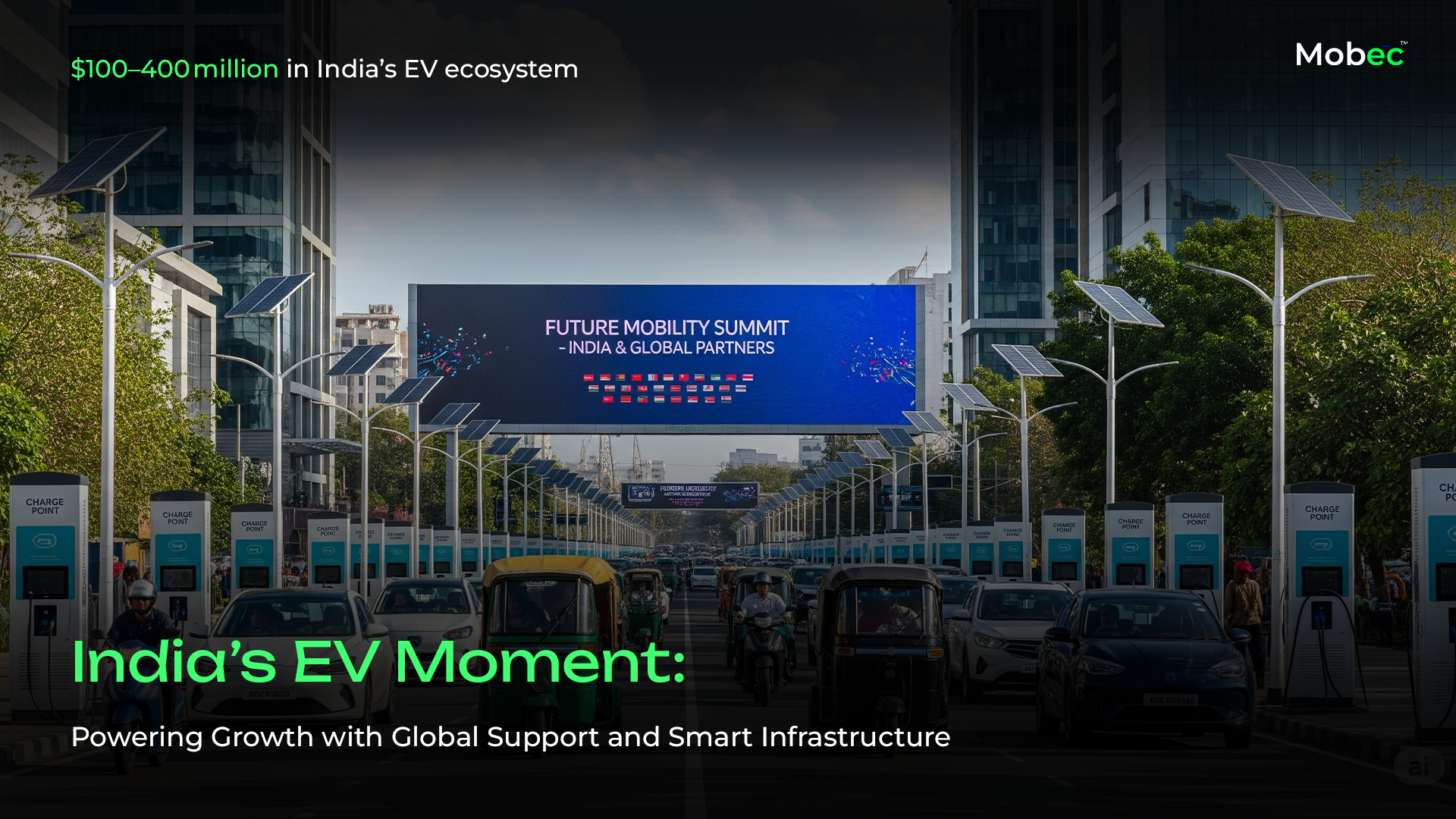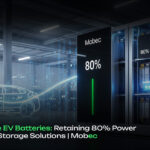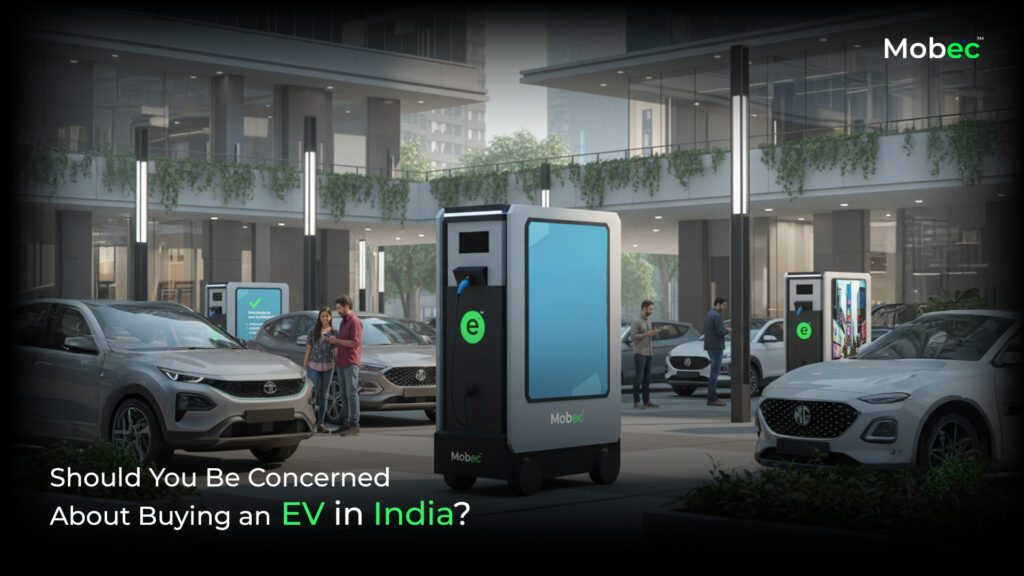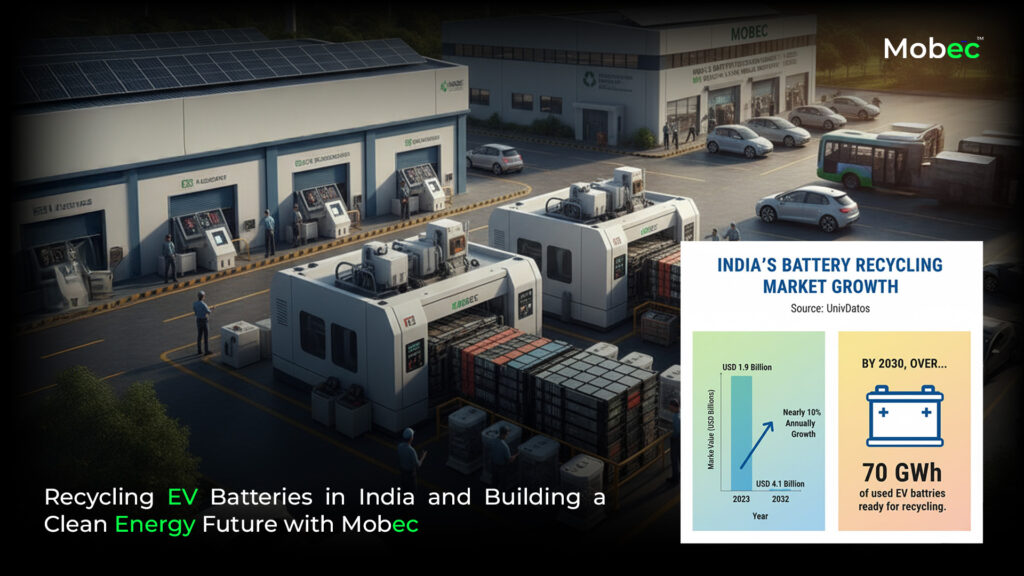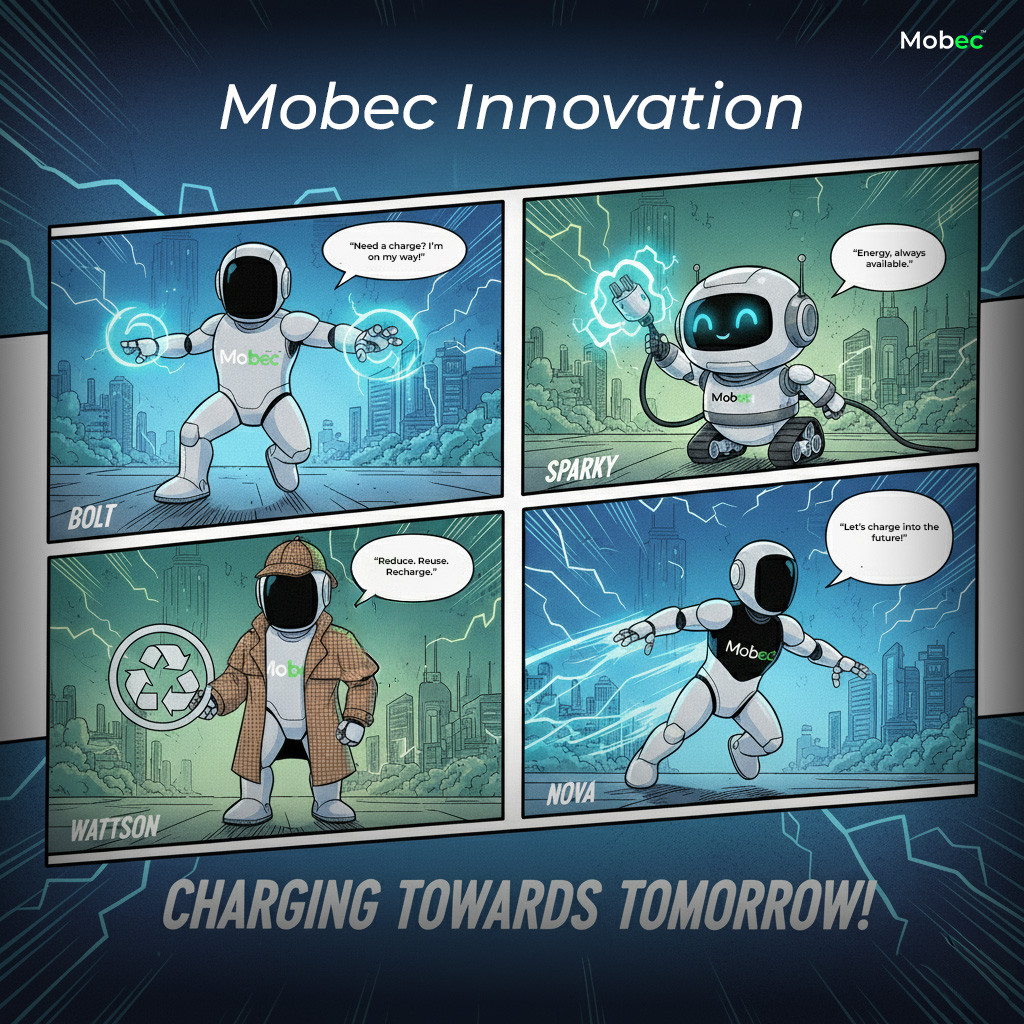India is experiencing a rapid surge in electric mobility. With soaring petrol and diesel prices, heightened environmental awareness, and government incentives, electric vehicles (EVs) are rapidly moving from niche to mainstream. Recently, Japan announced a strategic investment of $100–400 million in India’s EV ecosystem – spanning vehicles, batteries, critical-mineral processing, and recycling – to lessen reliance on Chinese supply chains.
This major infusion signals confidence in India’s ambition to become a global EV leader. Here’s why it matters and where Mobec comes in as a transformative force.

A. Diversifying the supply chain
Japan aims to reduce dependency on China for essential components like lithium, battery cells, and rare-earth elements. By funding Indian battery and recycling infrastructure, the move strengthens India’s clean-energy sovereignty.
B. Aligning with India’s “Make in India”
Launched in 2015, the Production-Linked Incentive (PLI) scheme offers manufacturers subsidies to localize production. With investments directed at Indian firms like Tata and Maruti Suzuki, Japan is ensuring both industrial growth and global competitiveness.
C. Accelerating EV adoption
Upfront investments in vehicle and battery manufacturing, coupled with recycling infrastructure, lower costs and improve availability across segments – from two-wheelers to buses – fueling the EV revolution in India.

- Two- and three-wheelers are transitioning fast: electric scooters and auto-rickshaws dominate urban transit.
- Commercial fleets & mass transit: Logistics firms and public-transport agencies are integrating EVs to cut costs and emissions.
- Heavy-duty vehicles like electric buses and trucks are entering mainstream production, supported by PLI incentives and municipal demand.
But widespread adoption depends on two critical pillars:
- A robust battery ecosystem.
- Reliable, accessible charging infrastructure.

Mobec is helping build the foundation India’s EV boom needs by delivering smart, mobile charging solutions. Unlike static chargers fixed in one location, Mobec’s high-efficiency, on-demand chargers can be deployed anywhere – from city centers to rural roads.
- Convenience on the go
Fleet operators (taxis, logistics, buses) often struggle with fixed charging points. Mobec units can charge vehicles on-site, eliminating downtime and extending operational reach.
- Remote readiness
Mining camps, construction sites, remote highways – Mobec brings power wherever vehicles need it, bypassing reliance on local grid or charger availability.
- Fast scaling
Charging demand spikes rapidly with EV adoption. Mobec fills infrastructure gaps fast, providing instant capacity without waiting for civil construction or permanent installations.
- Eco- and cost-friendly
These portable chargers use high-efficiency components and smart load management to optimize power usage with minimal overhead.

Japan’s $100–400 million investment aims to strengthen EV and battery manufacturing and recycling. But without dependable charging infrastructure, adoption stalls. That’s where Mobec steps in.
- Manufacturing growth demands charging reliability – for test fleets, delivery electric vehicles, and bus rollouts.
- Battery recycling requires EVs to be mobile and charged even in off-grid locations – supporting field operations.
By aligning with India’s rapidly evolving EV landscape, Mobec ensures that investments lead to meaningful on-ground change.

| Segment | Challenge | Mobec’s Edge |
| City delivery fleets | Downtime due to fixed charging | On-route re-charging keeps vans moving all day |
| Taxi operators | Long shifts, unpredictable demand | Top-up charge during breaks eliminates range anxiety |
| Electric buses | Grid constraints and vehicle density | Bulk, rapid charging at depots overnight |
| Personal EV owners | Apartment complexes with limited chargers | Mobile charge-at-door convenience |
| Off‑grid/remote sites | No public charging within 50+ km | Fully portable power–any location, any time |
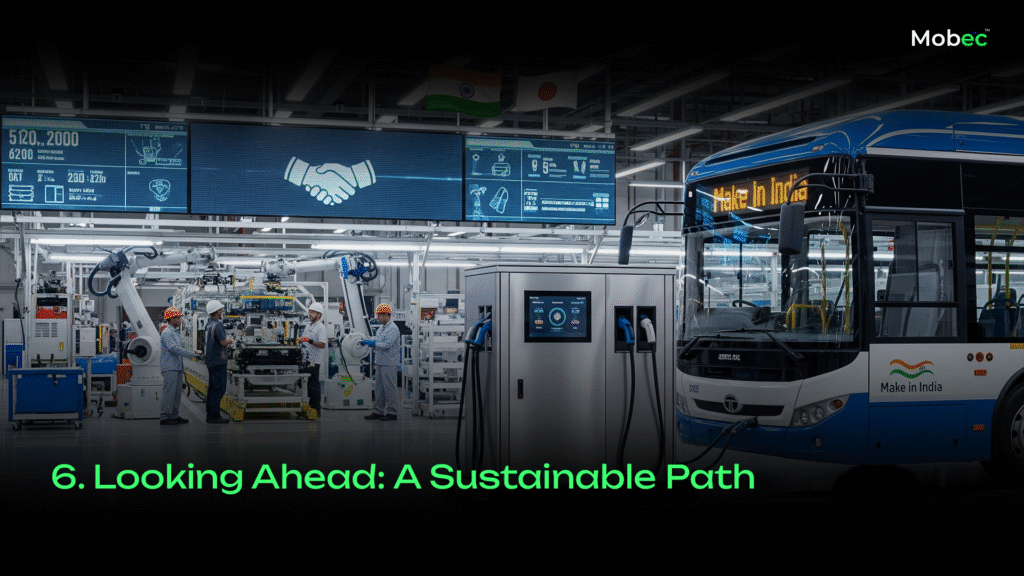
With Japan’s strategic investments on track, India is primed to scale EV manufacturing, battery production, and recycling. The growth is multi-dimensional:
- Manufacturing boom: Battery cell plants, recycling hubs, EV assembly lines.
- Job creation: From R&D to on-site operations.
- Technological innovation: Battery chemistries, vehicle designs, charging systems.
- Global competitiveness: India becomes a global EV and battery-export base.
But the engine behind this progress isn’t just factories – it’s infrastructure. That’s why Mobec’s charging ecosystem is critical. Its mobile chargers not only complement fixed stations, they ensure EV usage is practical—today, not tomorrow.
Conclusion: A United Charge Toward the Future
India’s EV revolution is being propelled by significant international capital and homegrown innovation. Japan’s $100–400 million investment underscores global confidence in India’s clean-tech potential. Yet, capital alone isn’t enough—as vehicles demand more reliable and flexible power solutions than ever, Mobec rises to meet that need.
With on-demand mobile charging, Mobec empowers fleets, public transit, and everyday drivers to charge anywhere, all the time. It’s the infrastructure that turns investment into action and vision into reality.
Ready to empower your EV future? Mobec delivers the power. You deliver the miles.


